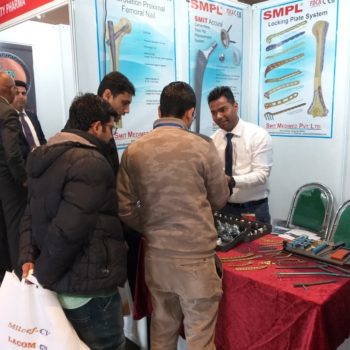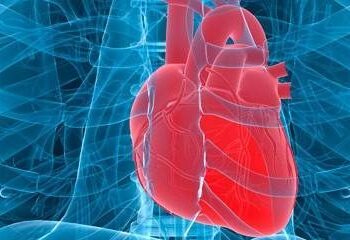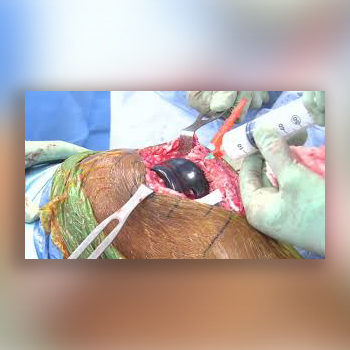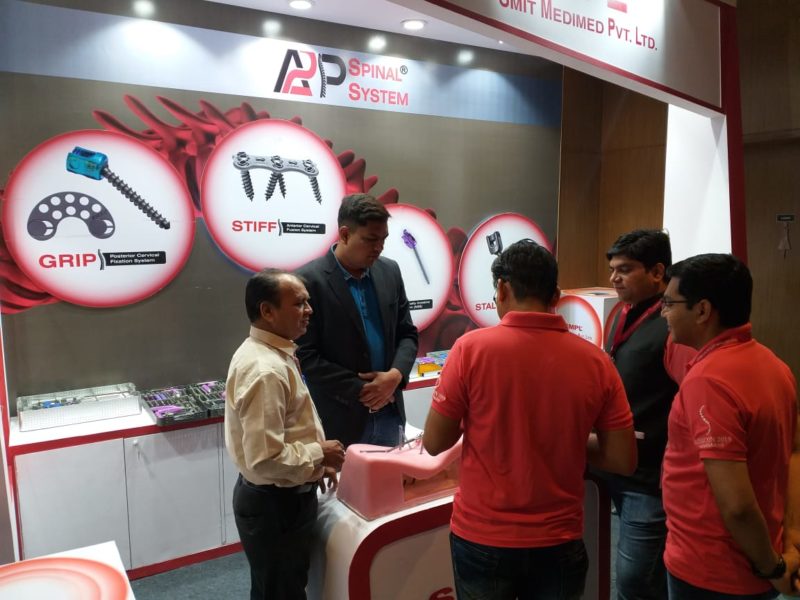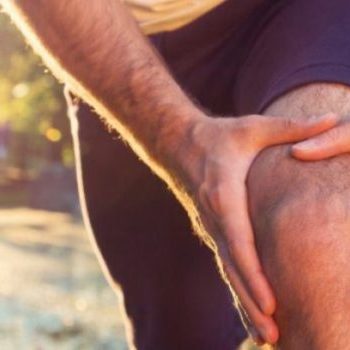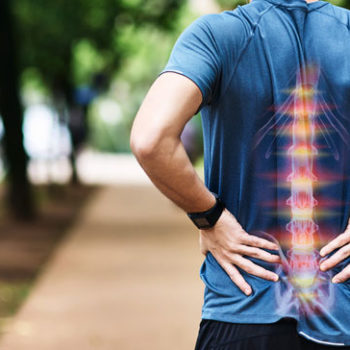
Do You Have Lumbar Spinal Stenosis?
Lumbar spinal stenosis (LSS) is a common cause of pain in the lower back and legs. As we get older, our spines go through changes. This is known as spinal degeneration, and it happens to everyone. That being said, even though it happens to everyone, not everyone has negative symptoms that accompany it. When our spines degenerate, the spinal canal may narrow, leading to a condition known as spinal stenosis.
Age-related spinal wear and tear occurs in 95% of people by the age of 50. However, spinal stenosis usually occurs in adults age 60 and older. When the spaces surrounding the spinal canal narrow, it may put pressure on nearby nerves, causing pain. Pressure such as this affects both genders equally.
A minority of patients are born with congenital back problems that later develop into lumbar spinal stenosis. Appropriately, doctors refer to this form of the condition as congenital spinal stenosis. Usually, this form of the condition occurs in men, but it may occur in women as well. For congenital spinal stenosis, symptoms typically manifest between the ages of 30 and 50.

Lumbar Spinal Stenosis Causes
Out of all possible causes, degenerative arthritis is the most common culprit of spinal stenosis in patients. For context, arthritis refers to the degeneration of any joint at any point in the body.
In our spines, arthritis results from disc degeneration and the loss of water content. In younger patients, spinal discs have a higher level of water content. However, as patients grow older, the discs begin to dry out, and in turn, they weaken. This may lead to a slew of other problems, such as lumbar radiculopathy or degenerative scoliosis.
As the spine settles, the weight transfers to the facet joints. Additionally, the tunnel that the nerves exit through becomes smaller. As the joints experience increased pressure, the cartilage that protects these joints wears away. If it wears away completely, it results in bone rubbing on bone and causing pain.
When the body loses cartilage in this manner, it may also try to make up for the lost bone by growing new bone in the facet joints. This may sound like a good thing, but it actually leads to the formation of bone spurs. These bony protrusions may put additional pressure on nearby nerves, leading to unpleasant symptoms.
In some cases, the body may respond to arthritis in the lumbar spine by increasing the ligaments around the joints in size. This is known as facet joint hypertrophy, and it also lessens the space surrounding the nerves in the spine. Once the surrounding spaces become small enough, it may irritate the spinal structures.
From : njspine.com







